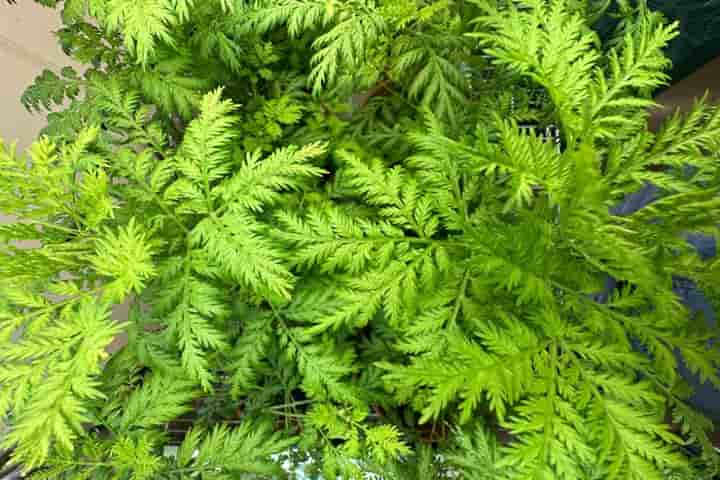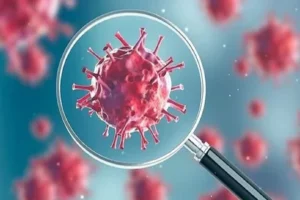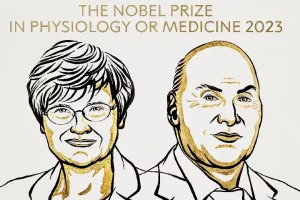Scientists have identified a medicinal plant that can aid in the fight against Covid as well as Glioblastoma — the most aggressive and most common type of cancer that originates in the brain.
The plant Artemisia annua, or Sweet Annie — tall, fragrant and with vibrant green leaves — has been used in traditional Chinese medicine for over 2,000 years. It produces artemisinin, which contains an endoperoxide, used for the treatment of malaria.
Its leaf extracts have been used to treat a variety of other diseases, including cancer and Covid-19. Yet, until recently, researchers haven’t clearly understood how exactly the plant’s compounds work.
Researchers at the University of Texas- San Antonio (UTSA) are studying the bioactive properties of one of the plant’s compounds, Arteannuin B, in cancer cells and Covid, the disease caused by the virus, SARS-CoV-2.
“Around 50 per cent of prescription drugs are derived from natural products. They’re made by plants, fungi or bacteria. Half of these drugs originated in plants. That’s astonishing when you think of all the medicines that exist in the world,” said Valerie Sponsel from the varsity.
“Different plants produce different medicinal compounds. As far as cancer is concerned, there are several types of compounds that have always existed but have only been discovered in the last half century. There’s never going to be one compound that treats all cancers, so that is why research continues,” she added.
The team used methanol as the solvent to extract the compound. Its leaf extracts were fractionated and characterised using NMR spectroscopy and liquid chromatography-mass spectrometry.
The researchers tested the fractions for cytotoxic activity (how toxic a substance is to cells) against glioblastoma (GBM) cells.
Then they purified the fractions to identify and test their individual components against cancer cells one-by-one. Throughout the process, arteannuin B consistently demonstrated cytotoxic activity against GBM cancer cells. They believe it may inhibit the cysteine proteases (protein degrading enzymes) that are overexpressed in cancer cells.
“We then derivatised arteannuin B by chemically reducing it, and showed that the reduced form of arteannuin B was not active against GBM at the same concentration. This result informed us how arteannuin B has bioactive properties,” said Francis Yoshimoto from UTSA.
Further the team showed that “arteannuin B hinders the activity of SARS-CoV-2 main protease and caspase-8. Both enzymes are cysteine proteases.”
“We want to know how this works so that we can give medicine to somebody in a smart way. All of our bodies are different. Cancer, for example, over expresses certain genes and if you know what gene is being expressed then you can target it and block the activity of its protein product with a drug,”Yoshimoto said.
“To be able to understand the mechanism of how medicines work is really powerful because it enables medication to be given more effectively,” the researchers said.




















